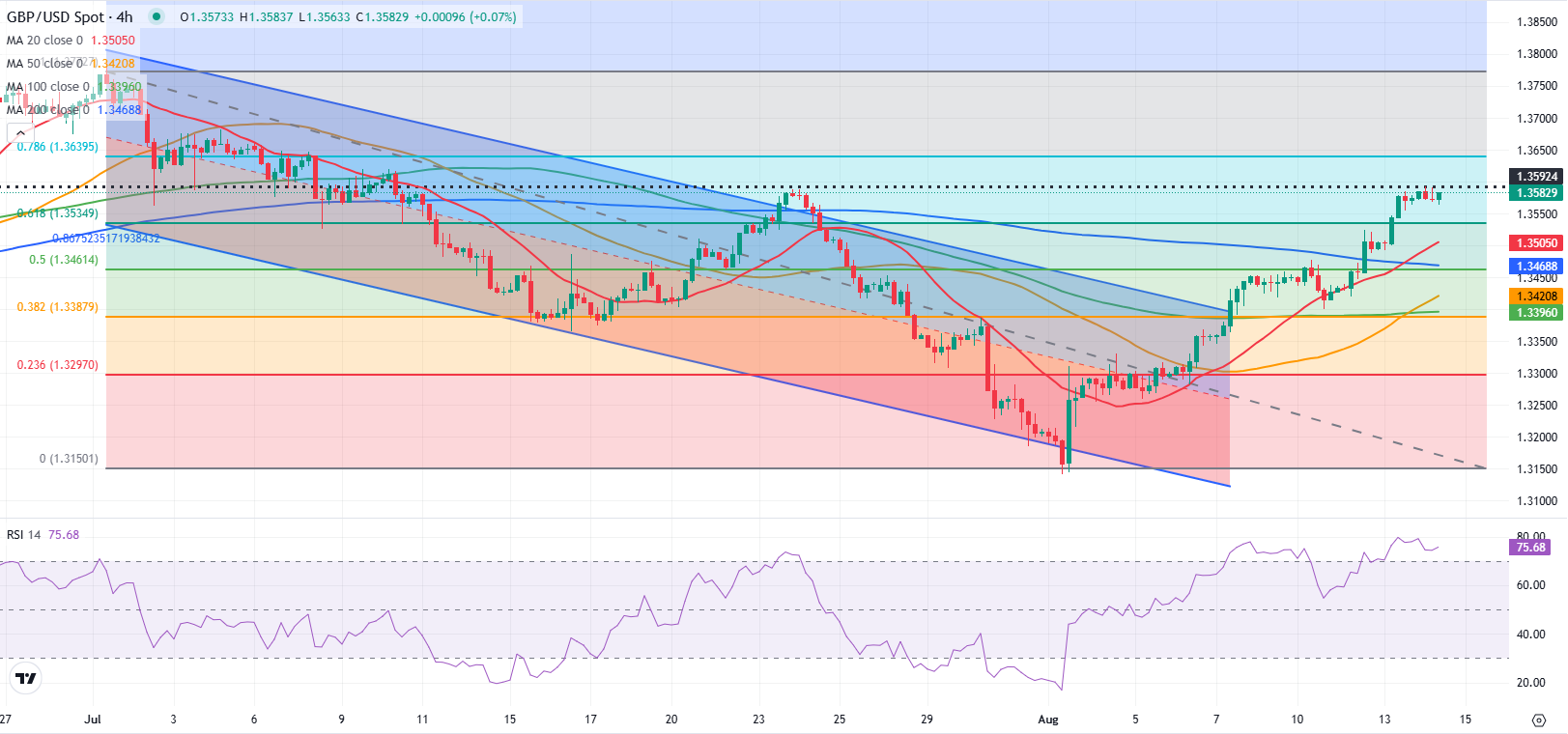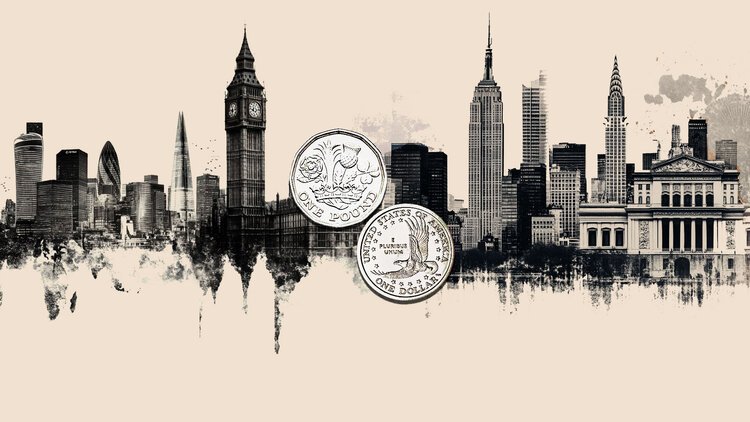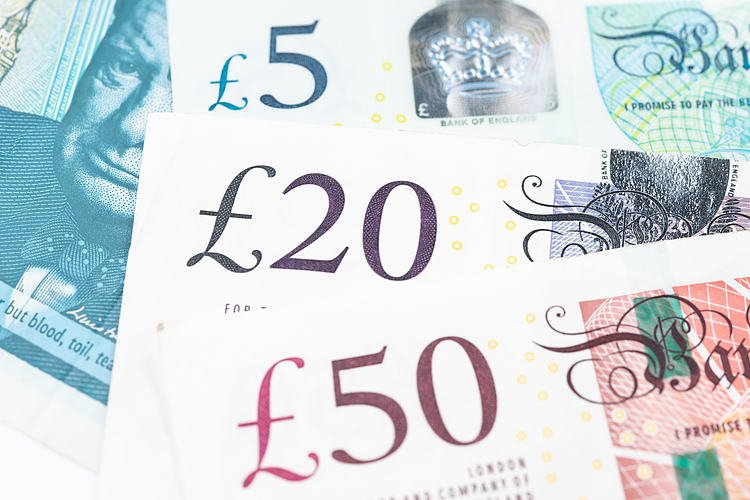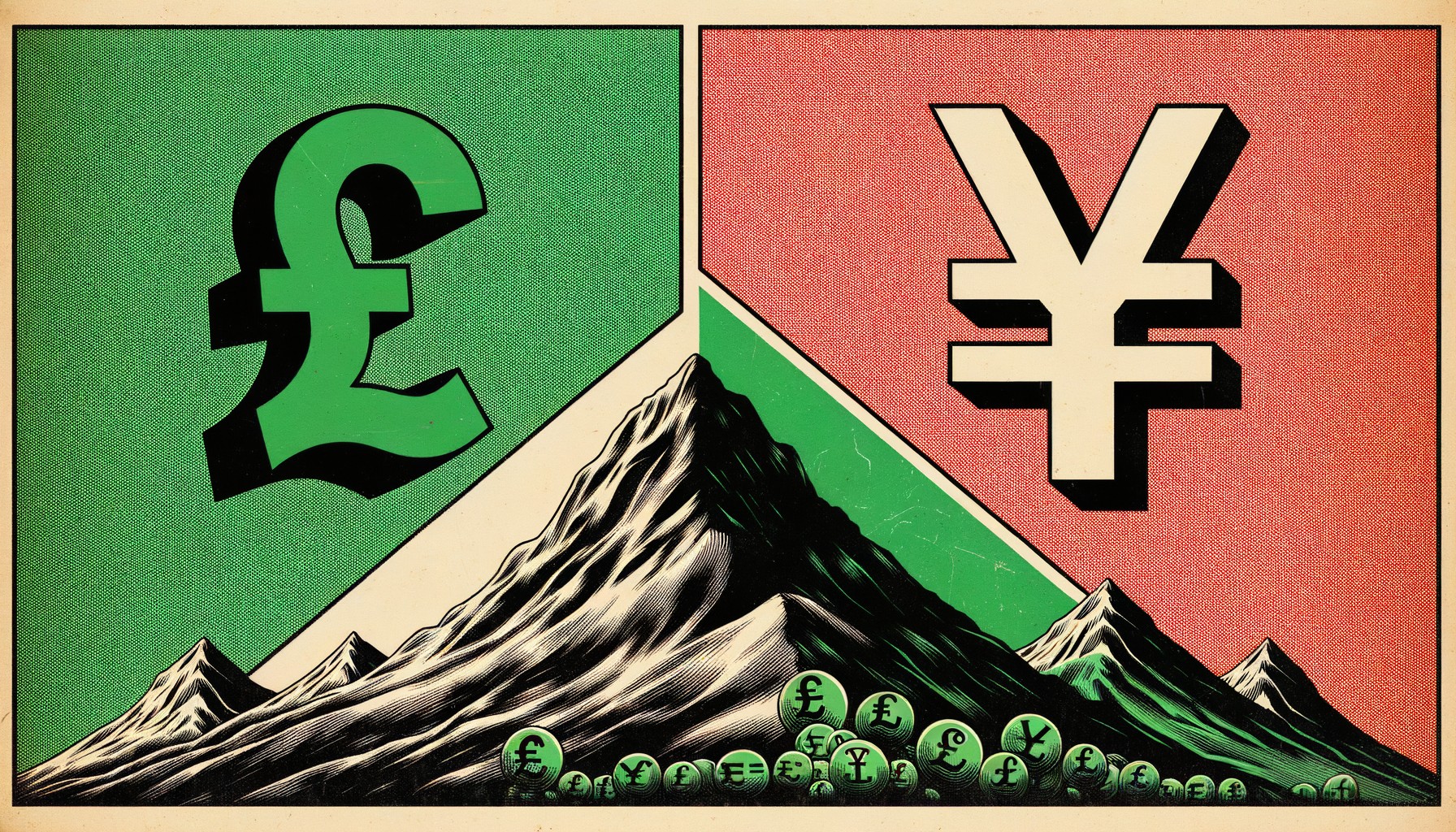- GBP/USD holds comfortably above 1.3570 in the European session on Thursday.
- The UK economy grew at a faster pace than expected in Q2.
- The cautious market mood could limit the pair’s upside.
GBP/USD extended its weekly uptrend and touched a fresh monthly high near 1.3600 before correcting lower. The pair’s near-term technical outlook continues to show overbought readings as investors await mid-tier data releases.
British Pound PRICE This week
The table below shows the percentage change of British Pound (GBP) against listed major currencies this week. British Pound was the strongest against the Canadian Dollar.
| USD | EUR | GBP | JPY | CAD | AUD | NZD | CHF | |
|---|---|---|---|---|---|---|---|---|
| USD | -0.32% | -0.99% | -0.73% | 0.15% | -0.15% | 0.05% | -0.30% | |
| EUR | 0.32% | -0.68% | -0.39% | 0.49% | 0.18% | 0.33% | 0.04% | |
| GBP | 0.99% | 0.68% | 0.24% | 1.17% | 0.86% | 1.01% | 0.72% | |
| JPY | 0.73% | 0.39% | -0.24% | 0.92% | 0.63% | 0.86% | 0.58% | |
| CAD | -0.15% | -0.49% | -1.17% | -0.92% | -0.28% | -0.16% | -0.47% | |
| AUD | 0.15% | -0.18% | -0.86% | -0.63% | 0.28% | 0.15% | -0.14% | |
| NZD | -0.05% | -0.33% | -1.01% | -0.86% | 0.16% | -0.15% | -0.29% | |
| CHF | 0.30% | -0.04% | -0.72% | -0.58% | 0.47% | 0.14% | 0.29% |
The heat map shows percentage changes of major currencies against each other. The base currency is picked from the left column, while the quote currency is picked from the top row. For example, if you pick the British Pound from the left column and move along the horizontal line to the US Dollar, the percentage change displayed in the box will represent GBP (base)/USD (quote).
The risk-positive market atmosphere made it difficult for the US Dollar (USD) to find demand on Wednesday and helped GBP/USD to continues to push higher.
Early Thursday, the data published by the UK’s Office for National Statistics (ONS) showed that the Gross Domestic Product (GDP) expanded at an annual rate of 1.2% in the second quarter. This reading followed the 1.3% growth recorded in the first quarter and came in better than the market expectation of 1%, helping Pound Sterling hold its ground despite the cautious market mood.
Later in the day, the US Bureau of Labor Statistics (BLS) will release producer inflation data for July. On a yearly basis, the Producer Price Index (PPI) is forecast to rise by 2.5%, at a faster pace than the 2.3% increase recorded in June.
Additionally, investors expect the number of first-time applications for unemployment benefits to edge higher to 228,000 in the week ending August 9 from 226,000.
In case the PPI print comes in higher than anticipated and there is a noticeable decline in the Initial Jobless Claims, the USD could gather recovery momentum and trigger a leg lower in GBP/USD. On the other hand, the pair’s downside is likely to remain limited on a soft PPI reading.
GBP/USD Technical Analysis

The Relative Strength Index (RSI) indicator on the 4-hour chart holds above 70, reflecting overbought conditions.
On the upside, the first resistance area seems to have formed at 1.3590-1.3600 (static level, round level) before 1.3640 (Fibonacci 78.6% retracement of the latest downtrend) and 1.3700 (static level, round level). Looking south, support levels could be spotted at 1.3540 (Fibonacci 61.8% retracement), 1.3500 (static level, round level) and 1.3460 (Fibonacci 50% retracement, 200-period SMA).
Pound Sterling FAQs
The Pound Sterling (GBP) is the oldest currency in the world (886 AD) and the official currency of the United Kingdom. It is the fourth most traded unit for foreign exchange (FX) in the world, accounting for 12% of all transactions, averaging $630 billion a day, according to 2022 data.
Its key trading pairs are GBP/USD, also known as ‘Cable’, which accounts for 11% of FX, GBP/JPY, or the ‘Dragon’ as it is known by traders (3%), and EUR/GBP (2%). The Pound Sterling is issued by the Bank of England (BoE).
The single most important factor influencing the value of the Pound Sterling is monetary policy decided by the Bank of England. The BoE bases its decisions on whether it has achieved its primary goal of “price stability” – a steady inflation rate of around 2%. Its primary tool for achieving this is the adjustment of interest rates.
When inflation is too high, the BoE will try to rein it in by raising interest rates, making it more expensive for people and businesses to access credit. This is generally positive for GBP, as higher interest rates make the UK a more attractive place for global investors to park their money.
When inflation falls too low it is a sign economic growth is slowing. In this scenario, the BoE will consider lowering interest rates to cheapen credit so businesses will borrow more to invest in growth-generating projects.
Data releases gauge the health of the economy and can impact the value of the Pound Sterling. Indicators such as GDP, Manufacturing and Services PMIs, and employment can all influence the direction of the GBP.
A strong economy is good for Sterling. Not only does it attract more foreign investment but it may encourage the BoE to put up interest rates, which will directly strengthen GBP. Otherwise, if economic data is weak, the Pound Sterling is likely to fall.
Another significant data release for the Pound Sterling is the Trade Balance. This indicator measures the difference between what a country earns from its exports and what it spends on imports over a given period.
If a country produces highly sought-after exports, its currency will benefit purely from the extra demand created from foreign buyers seeking to purchase these goods. Therefore, a positive net Trade Balance strengthens a currency and vice versa for a negative balance.







